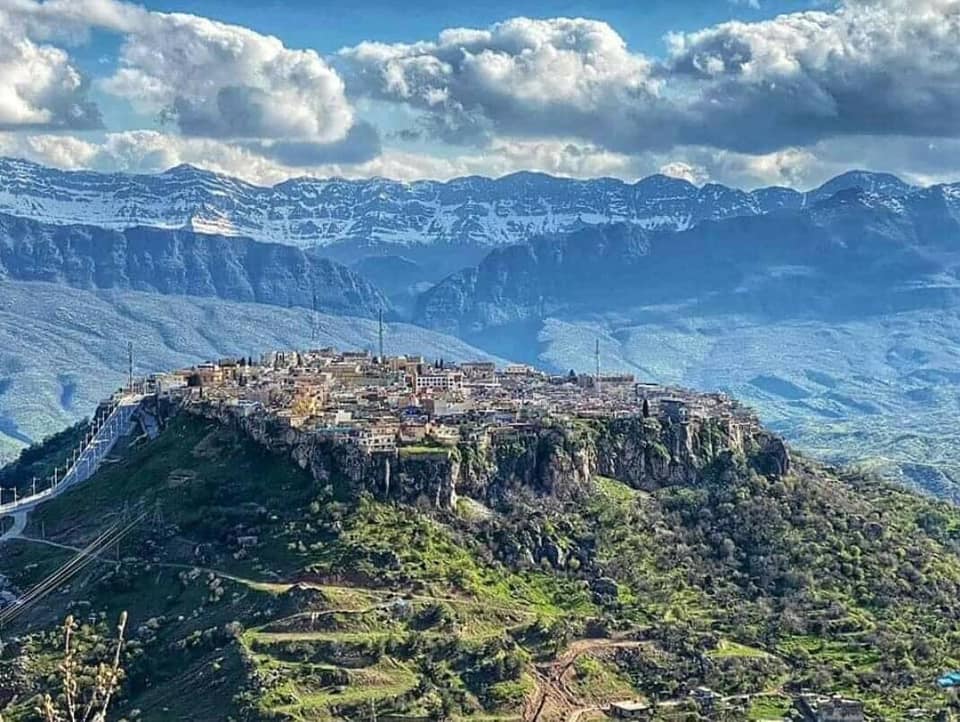
AMEDÎ
The City on top of The Mountains
- Çûm Amêdî li ser çiya ye ûy li min ûy li min ûy li min lê lê Ximşê!
- Çûm Amêdî li ser çiya ye ûy li min ûy li min xeberxweşê!

The ancient city of Amêdî, (Amedia), situated on top of a natural citadel. Thousands of years of history runs through this Kurdish city.
- A Kurdish city with one (1) Entrance and one Exit on the top of a mountain.
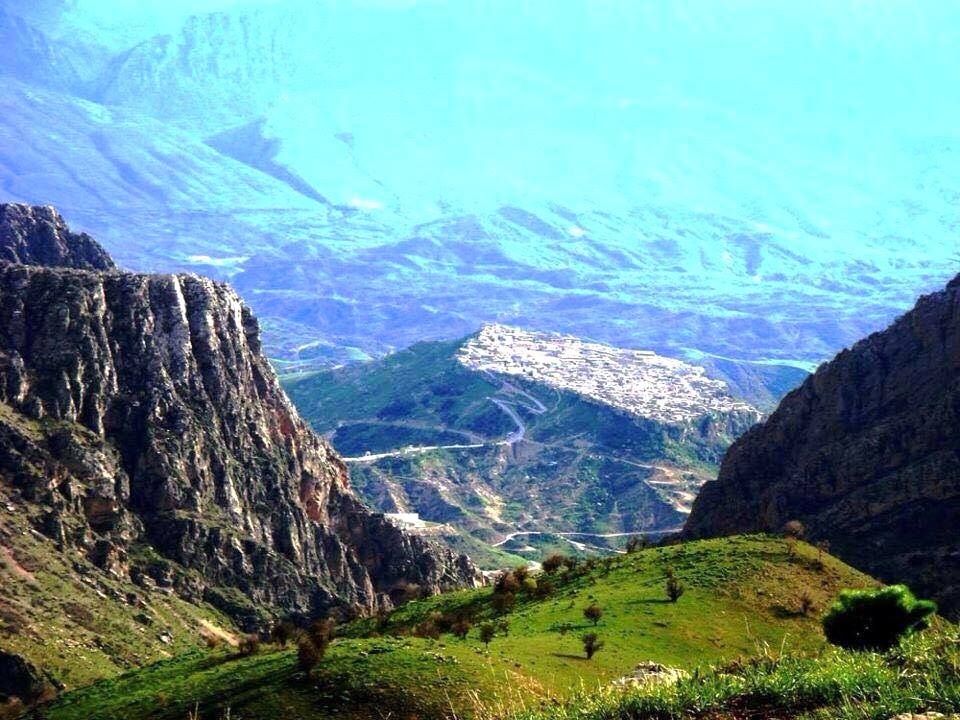

Amedi nasıl İmadiye oldu?
Musulun kuzey vilayetlerinde İmâdiye adıyla büyük, sağlam ve korunaklı bir kale vardır. İmâdeddin Zengi orayı tamir ettirdi.
Orası önce küdtlerin kalesiydi. Zenginin ismine izafeten kale İmâdiye adını aldı.
Yakut el-Hamavî (1179-1229)
Amedi şehri kürd prens tarafından yönetiliyor. Kürdler şehri Amedi ismiyle biliyor Medlerin şehri anlamına geliyor. Amediye (İmadiye - Berrawiyah) ise araplar ve türkler tarafından yozlaştırılmış ismidir
W.F. Ainsworth 1842

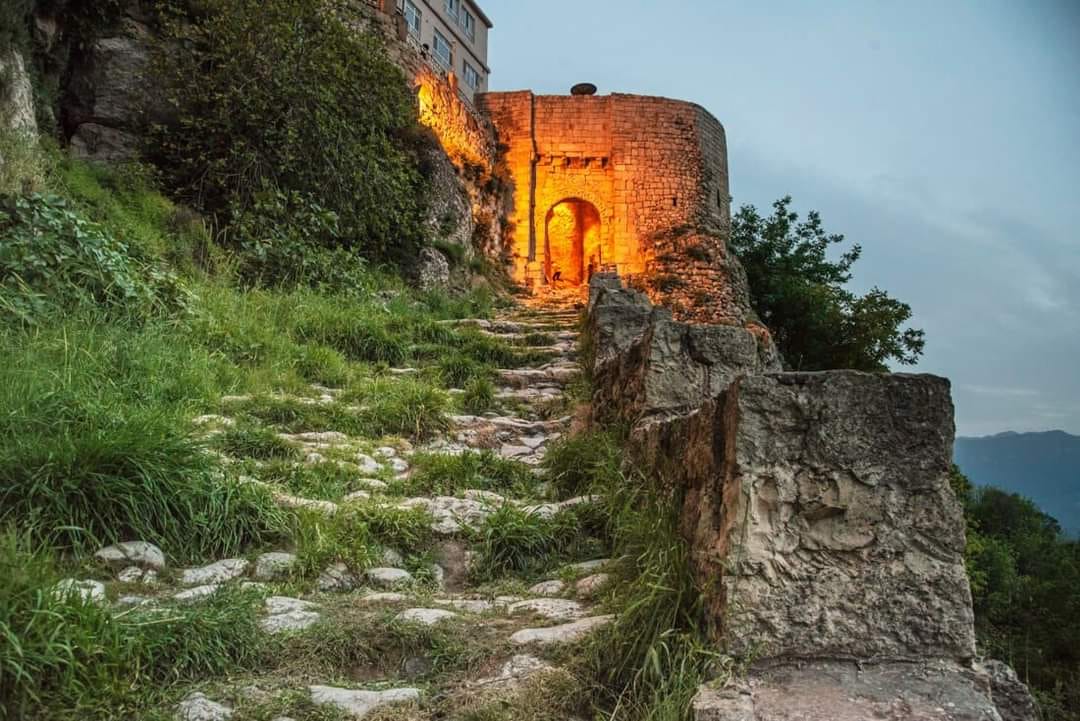
AMEDİ KURDISTAN
Burası dünyanın en eski şehirlerinin bulunduğu yer, örneğin Byblos, Babil, Erbil ve Jericho ...
Onlarca kürd medeniyetinin, kralliklarinin, imparatorlukların ve dinlerin geçtiği binlerce yıllık tarihi olan kürd şehirlerden biridir.
. Eskiden Batı'ya ihraç edilen ve toplumumuzun gelişmesinde anahtar olan bilgi ve ticaret merkezleri.
Amedi (veya Amadiya) Kürdistan'ki ki birçok tarihi şehirden biridir. M.Ö 3.000 yılında kurulduğu ve kuruluşunda Asur tarafından istila edildiği söyleniyor, sonradan diğer
birçok krallıklar tarafından işgal edildiği ve ezidilerin, hristiyanların ve yahudilerin özgürce ve barış İçinde yaşadığı bir yer olduğu biliniyor.
Ancak 5.000 yıllık popülerliği ile tarihi kanıtlara göre Madi (magic) en ilgili üç rahibin Beytullahim'e seyahatlerinde buradan ayrıldıklarını göstermektedir.
Bugün popüler olarak 3 bilge adam olarak biliniyorlar.
3 bilge adam evet her 6 Ocak'ta çocuklara develeriyle hediye getiren 3 adam.
En etkileyici ve ana cazibesi Bahdinan Kapısı adı verilen eski giriş, yaklaşık 14 metre yüksekliğinde ve mükemmel durumda korunan bir taş giriş.
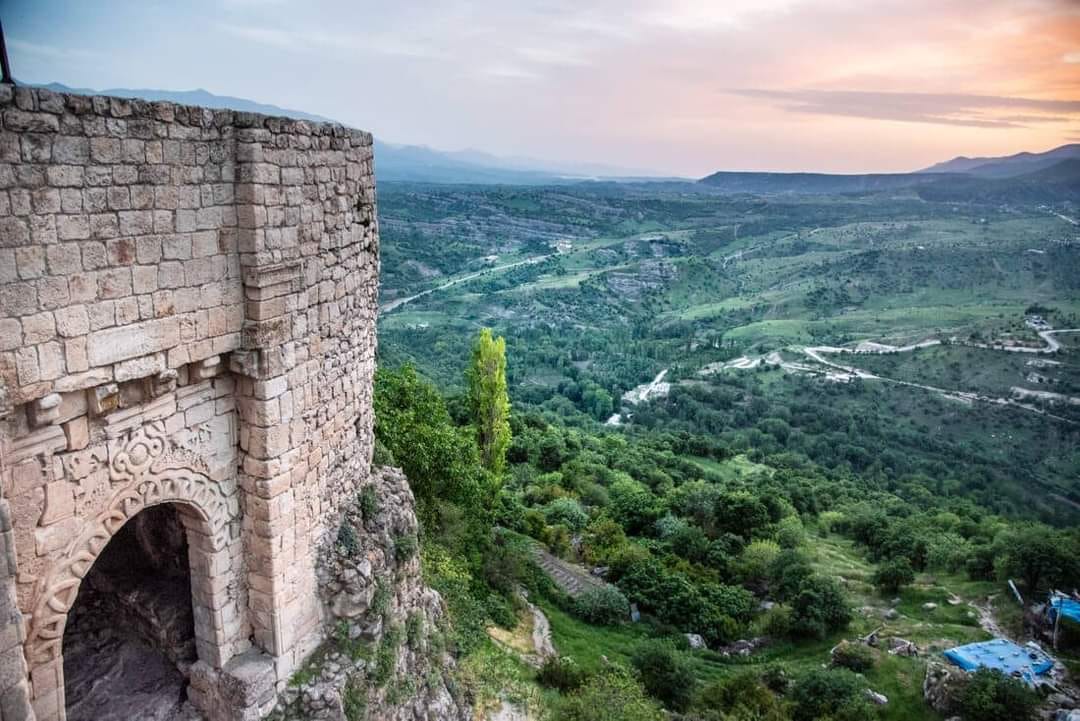
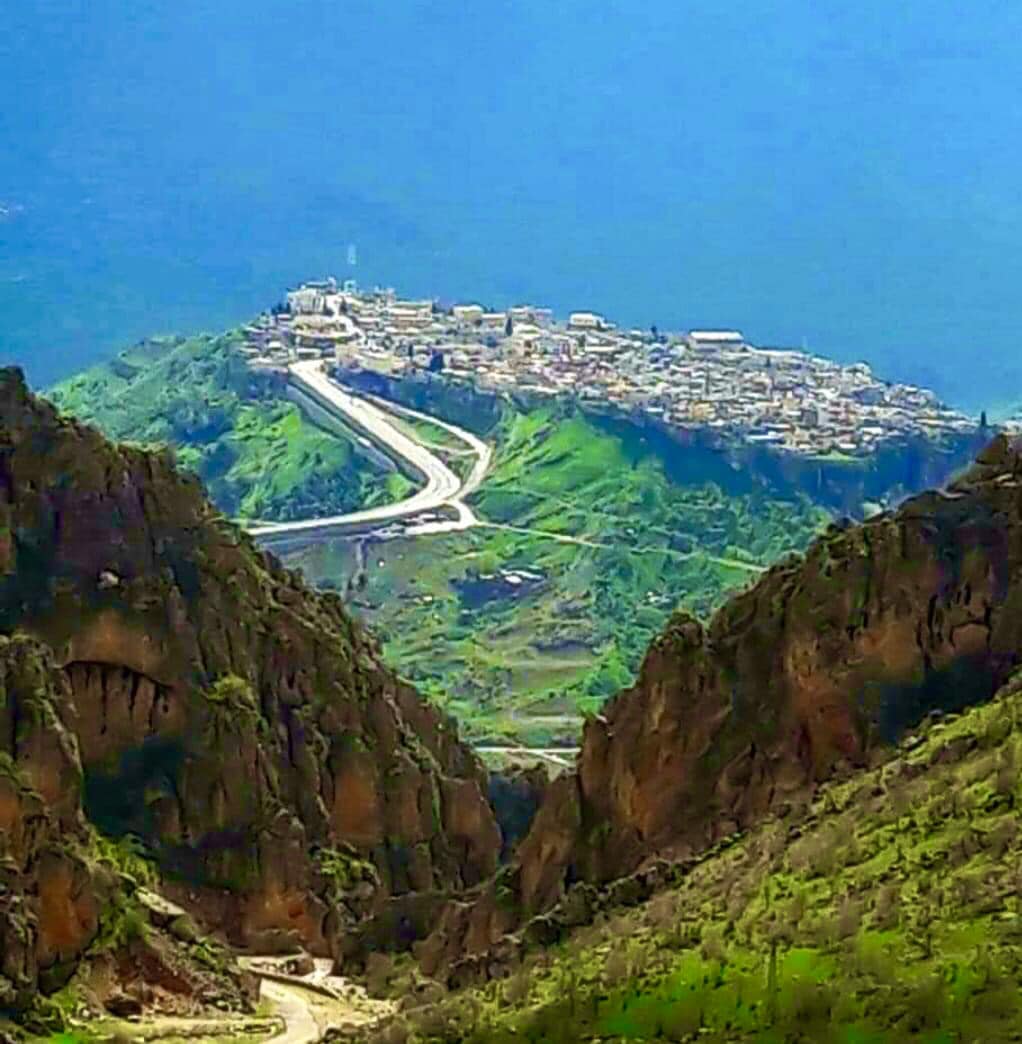
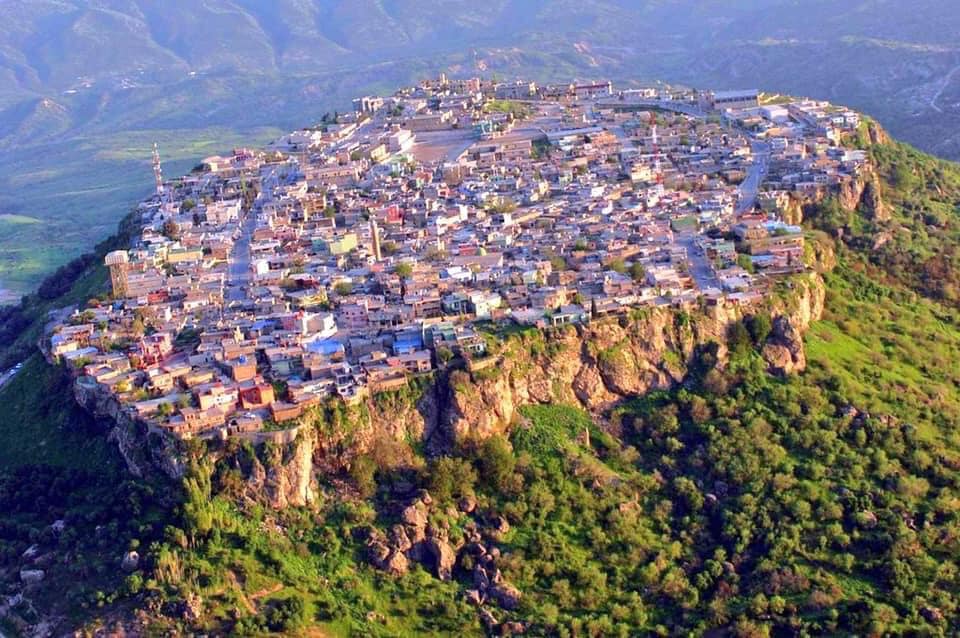
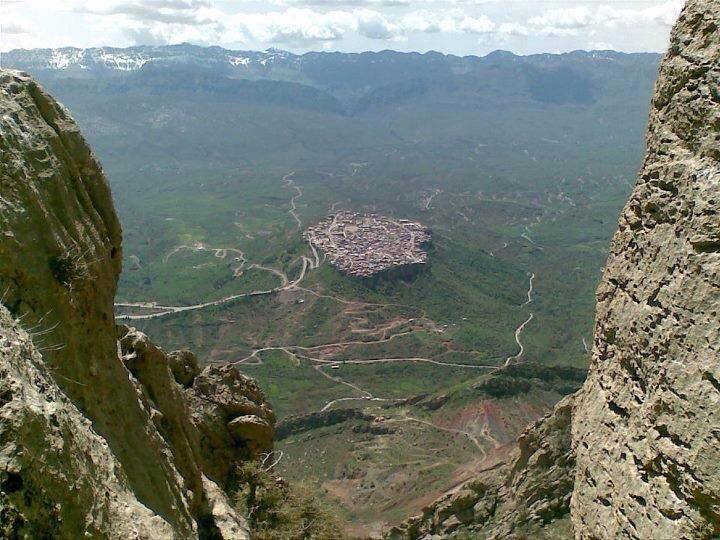
AMEDİYE Duhok iline bağlı dünyanın en güzel 30 ilçesi listesinde yer alan ve deniz seviyesinin 1426 m yüksekliğine kurulan Amêdîye
13. yy'dan 19. yy'a kadar 600 sene Behdinan Kürd Emirliği'nin başkentiydi.
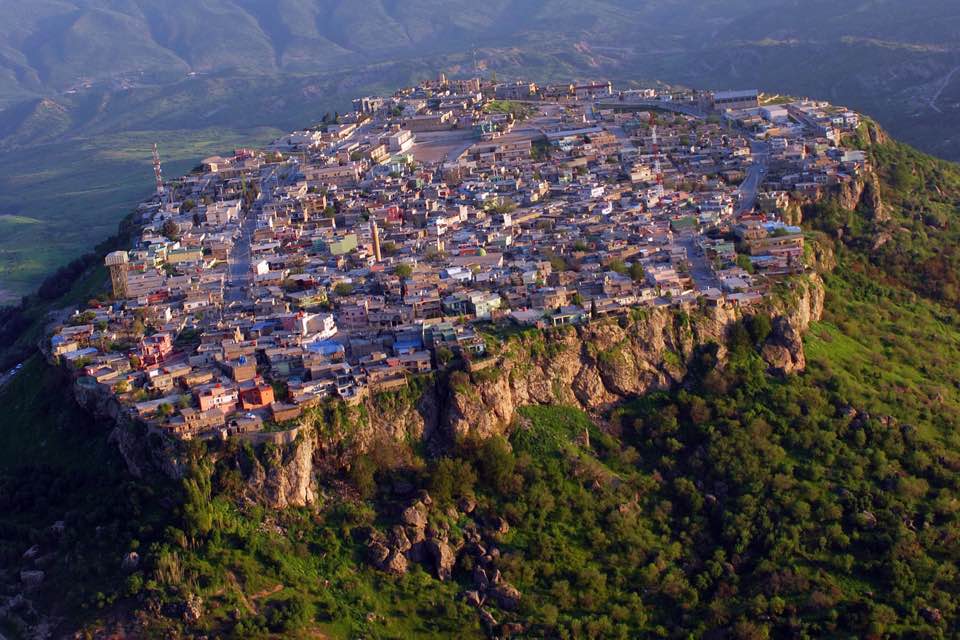
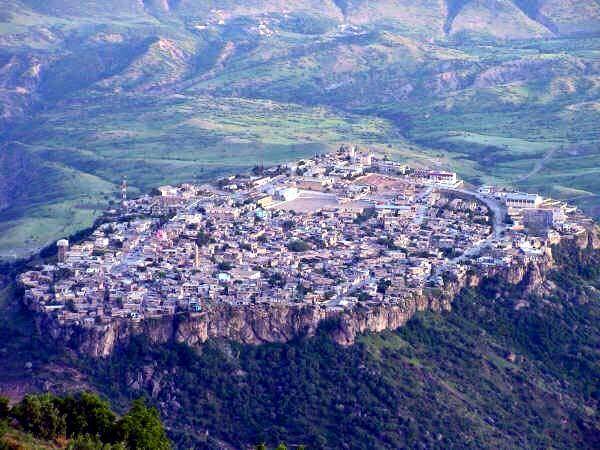
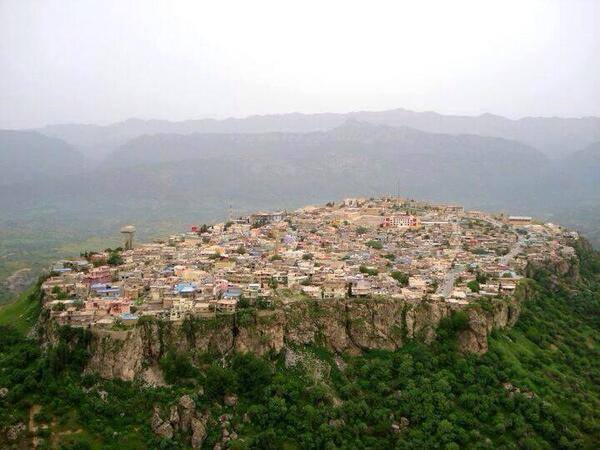
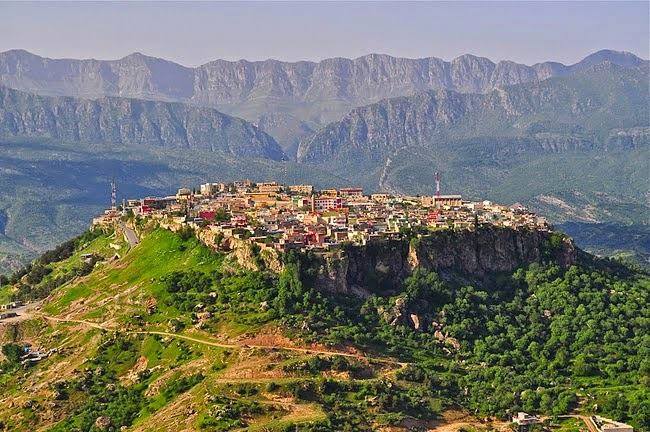

Amêdî, (Amedia, Imadiye) - A Kurdish city with one (1) Entrance and one Exit on the top of a mountain
The ancient city of Amediya, situated on top of a natural citadel. Thousands of years of history runs through this Kurdish city.
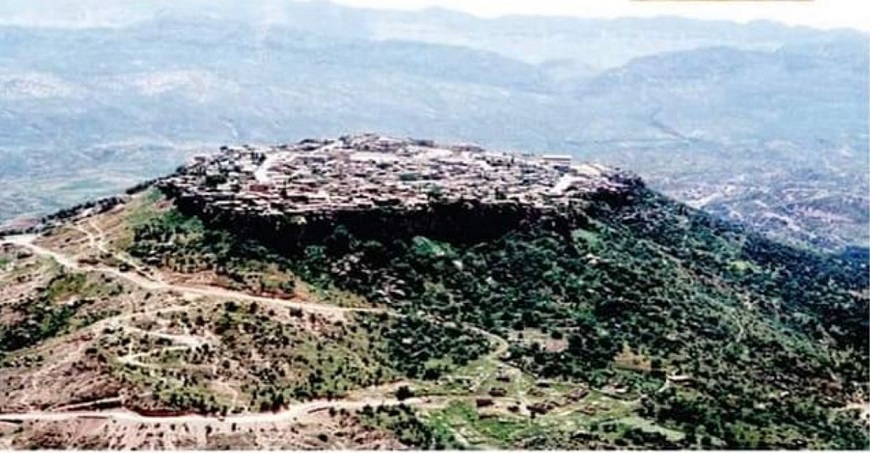
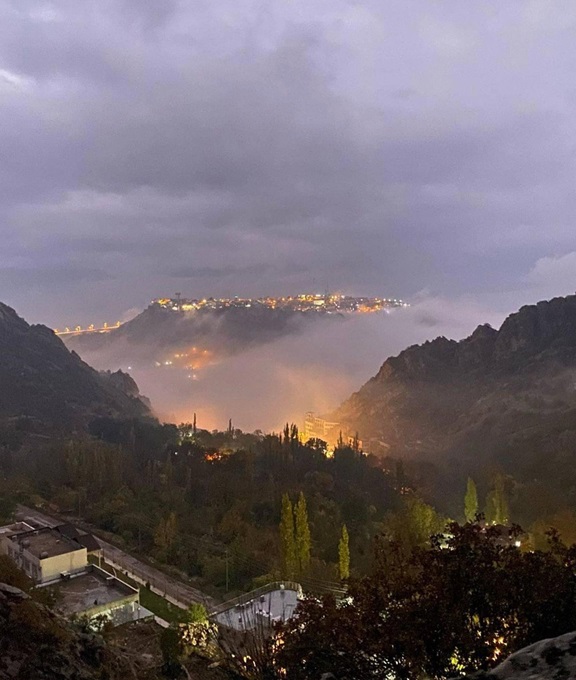
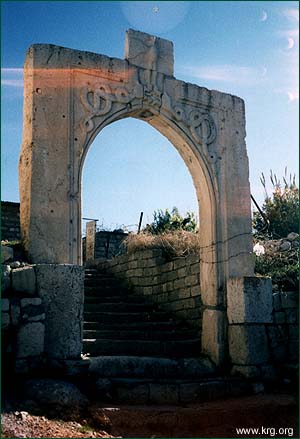
Amediye Şehri
Hükümet-i Amediye, dağlar içindedir. Kalesi taştandır.
Okumuşları çok medrese yaptırmıştır. Uleması çoktur. Ekseriyetle Kürd uluması buradan çıkmıştır.
Kerkükte ise neft kuyuları vardır.
Katip Çelebi 1881
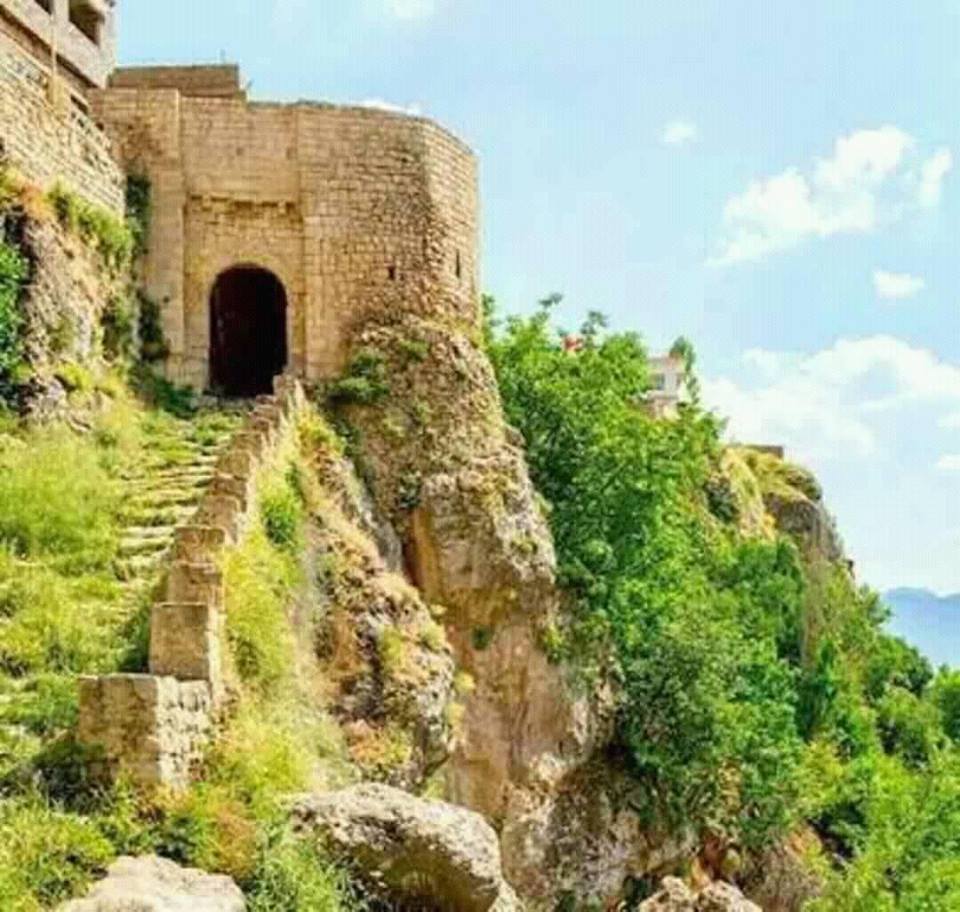
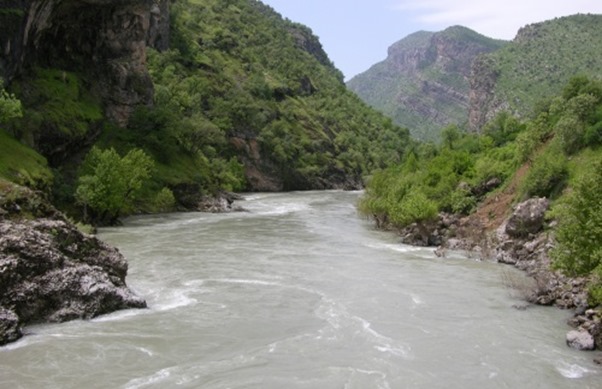
Geliyê Balindeyê
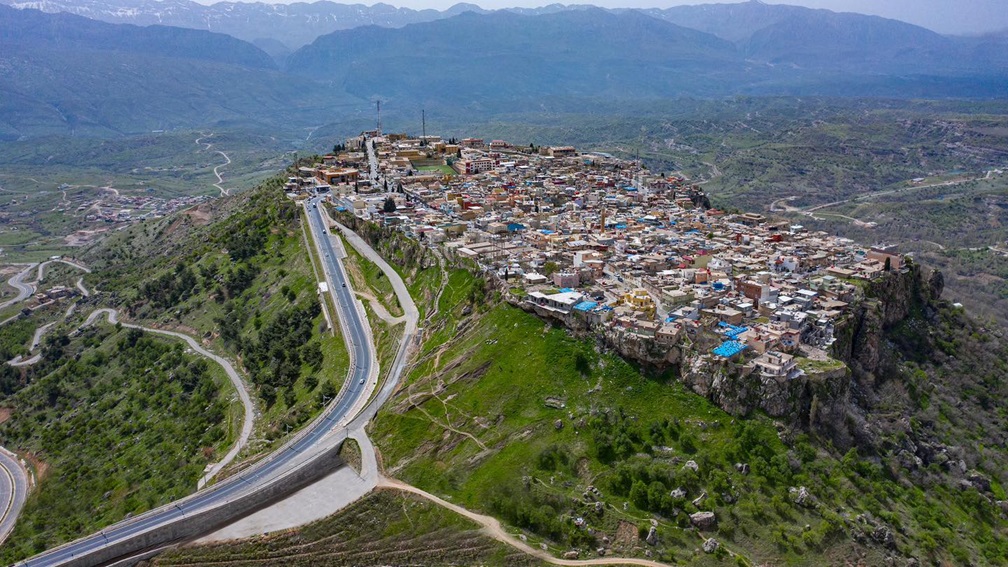
Riya ku diçe ser Amêdiyê
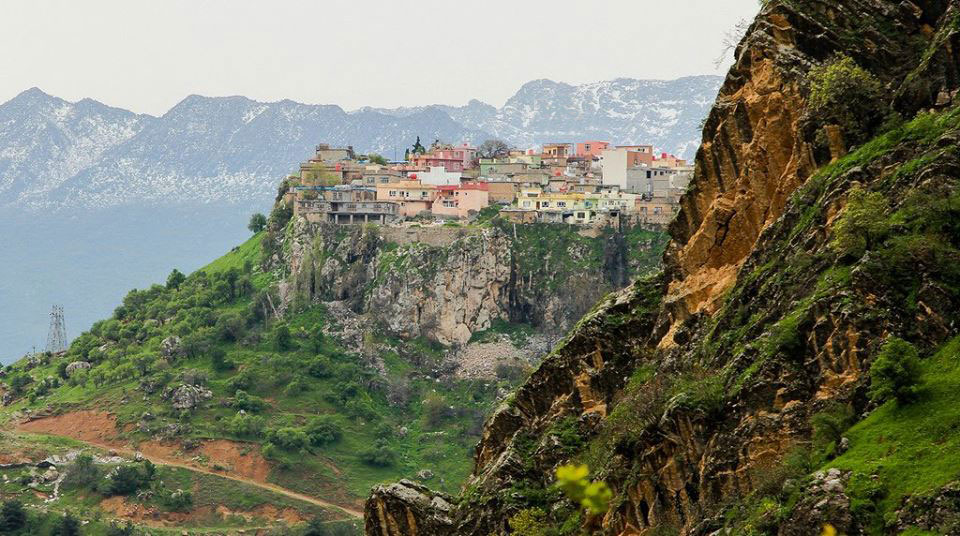
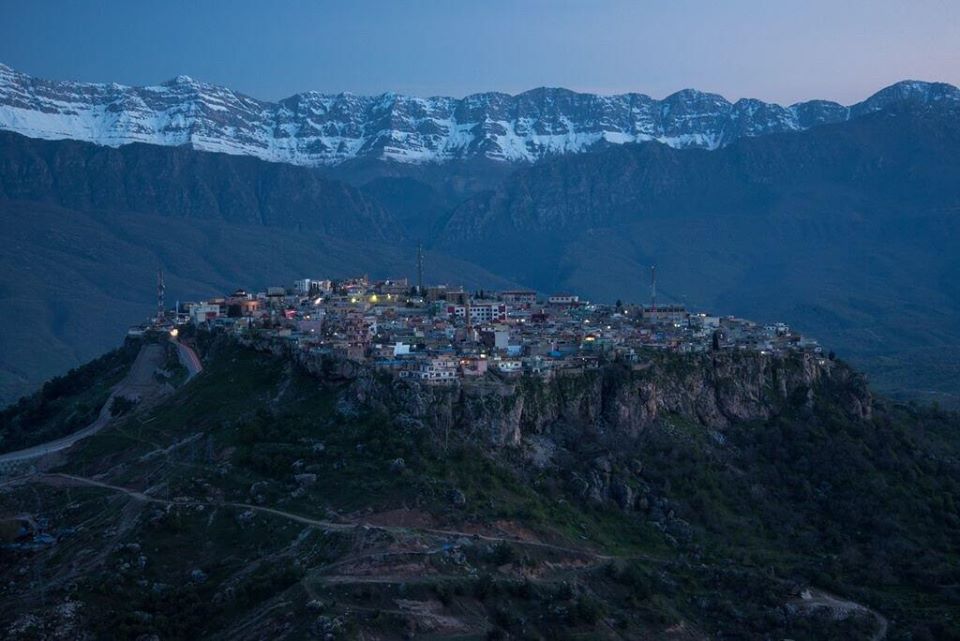

Amêdi
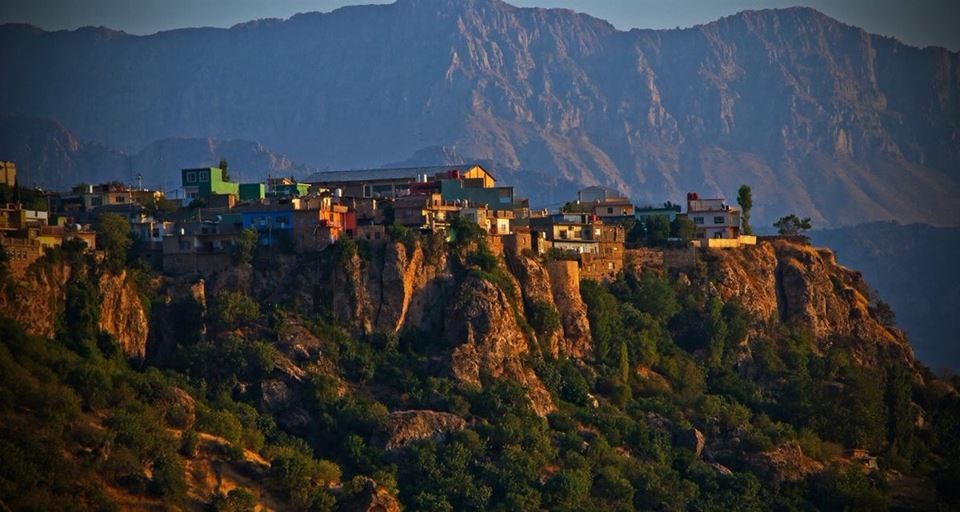

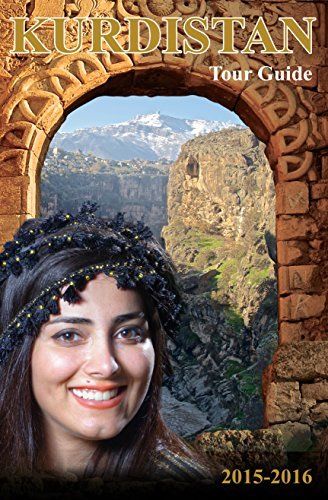
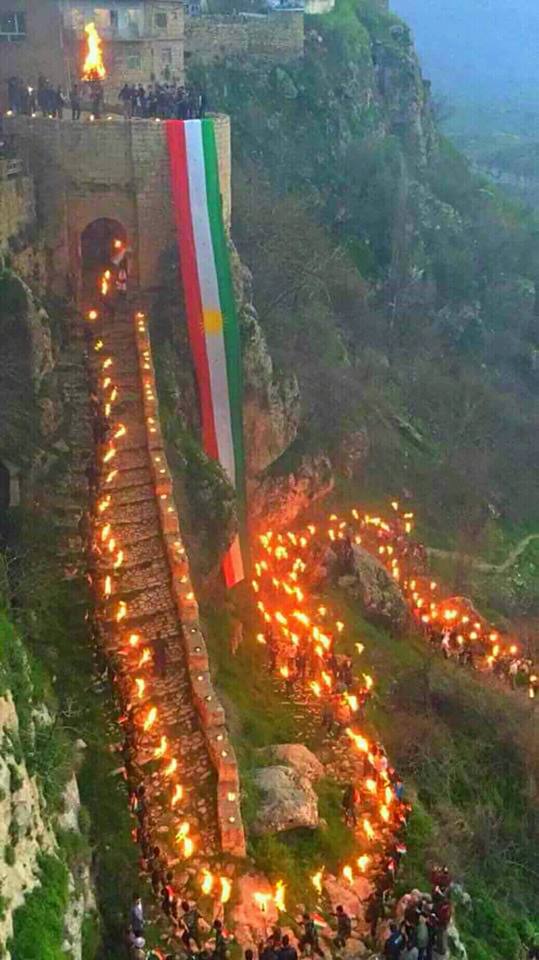
Newroz eve, 2018
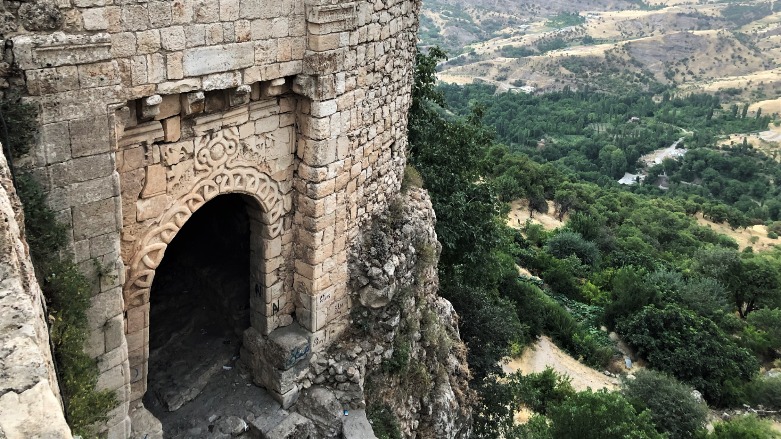
The Gate of Amedi City

Li ser riya Amêdiyê
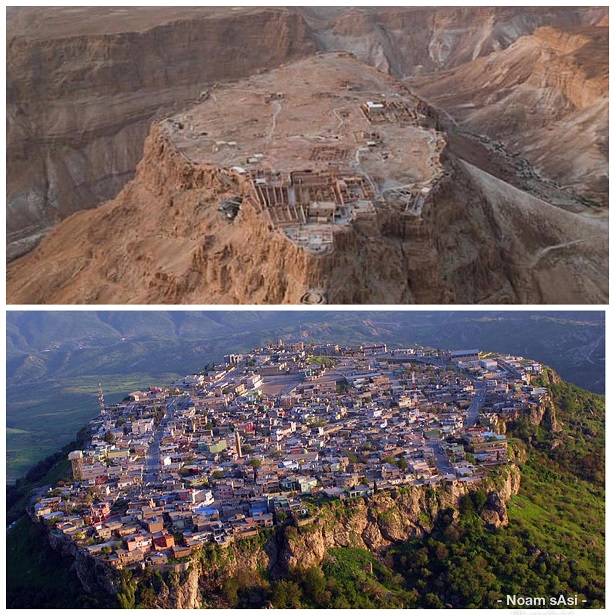
Masada & Amêdî
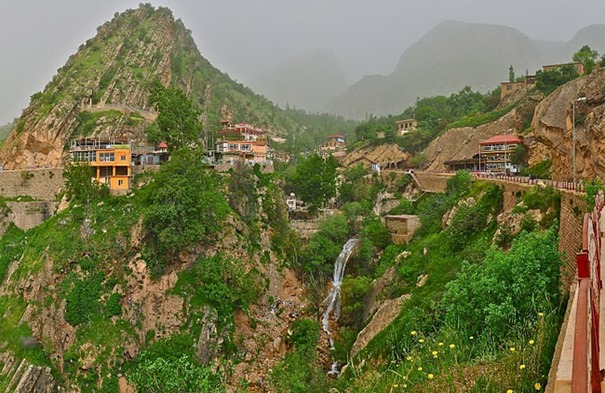
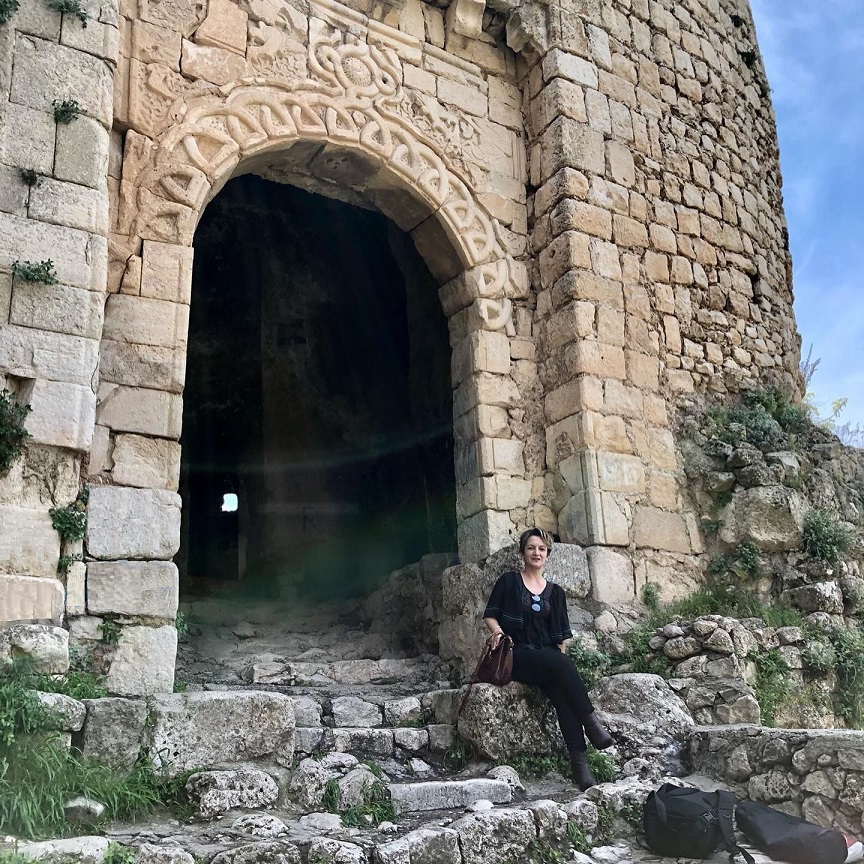
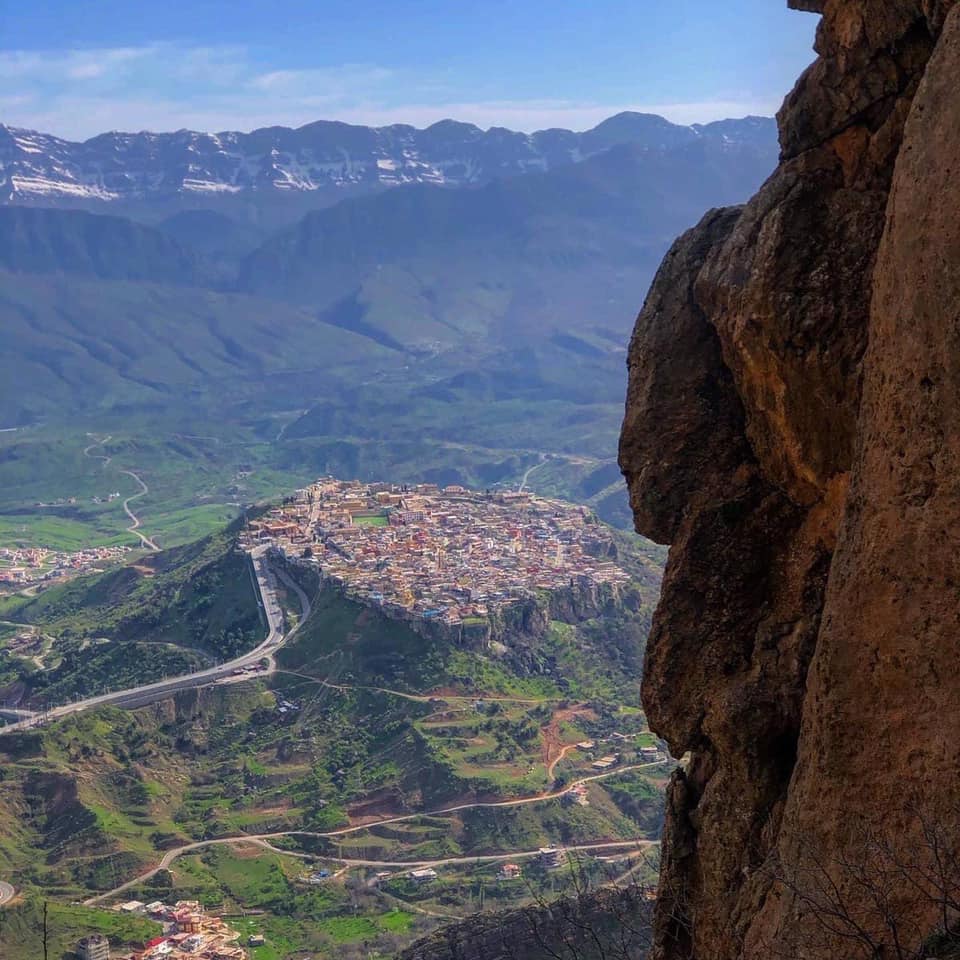
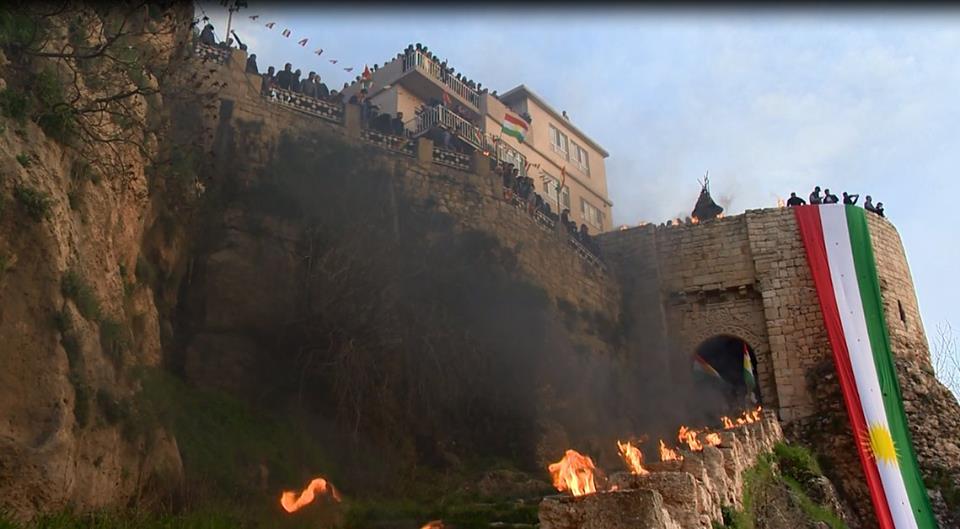
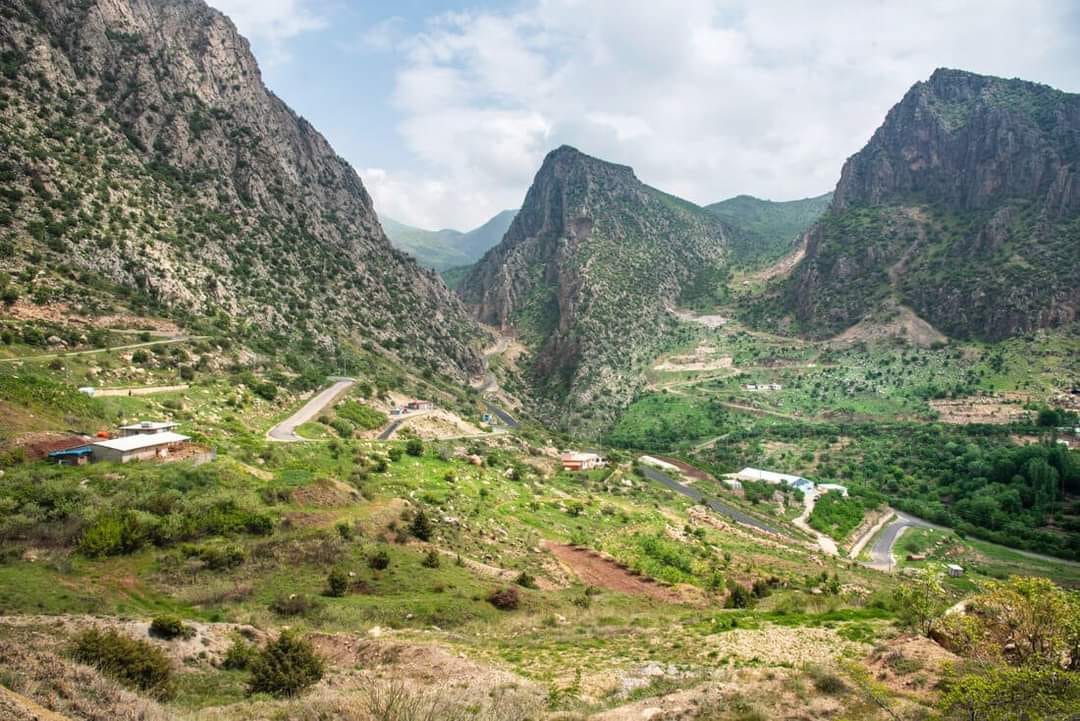
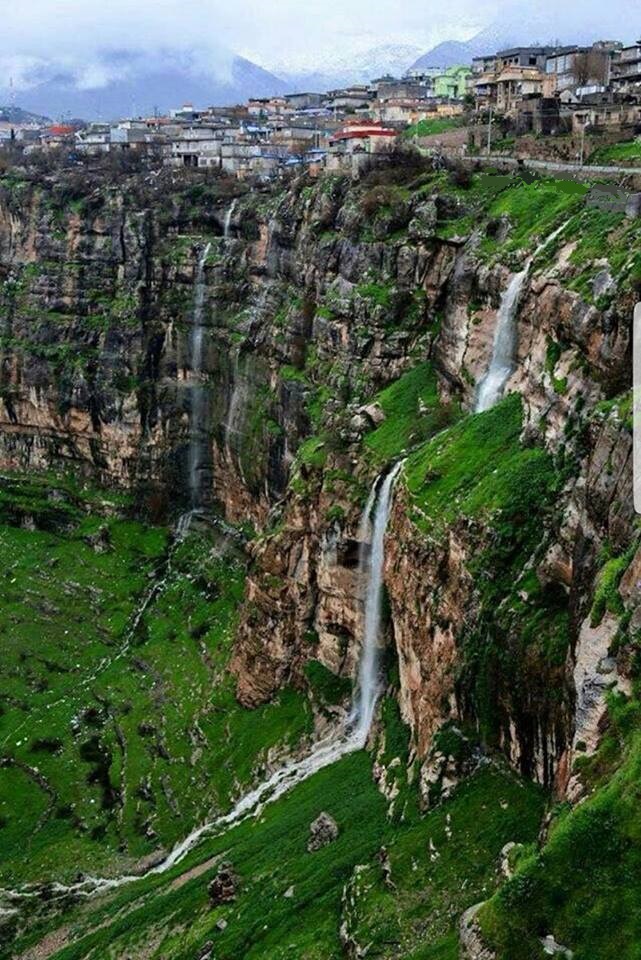
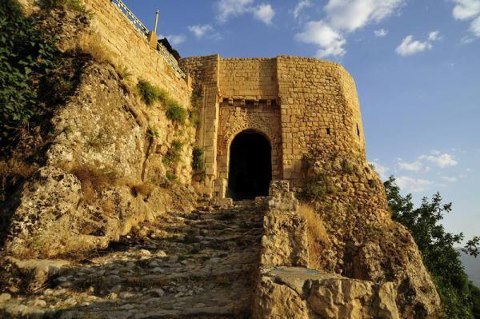
Amêdî, (Amedia, Imadiye) - A Kurdish city with one (1) Entrance and one Exit on the top of a moutain
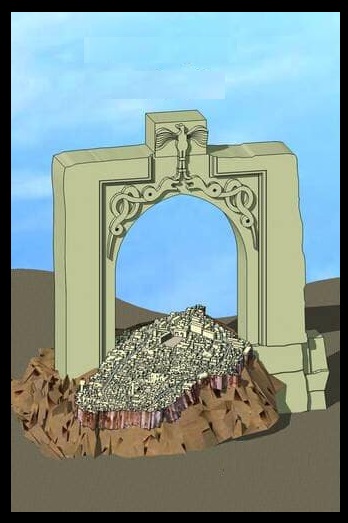
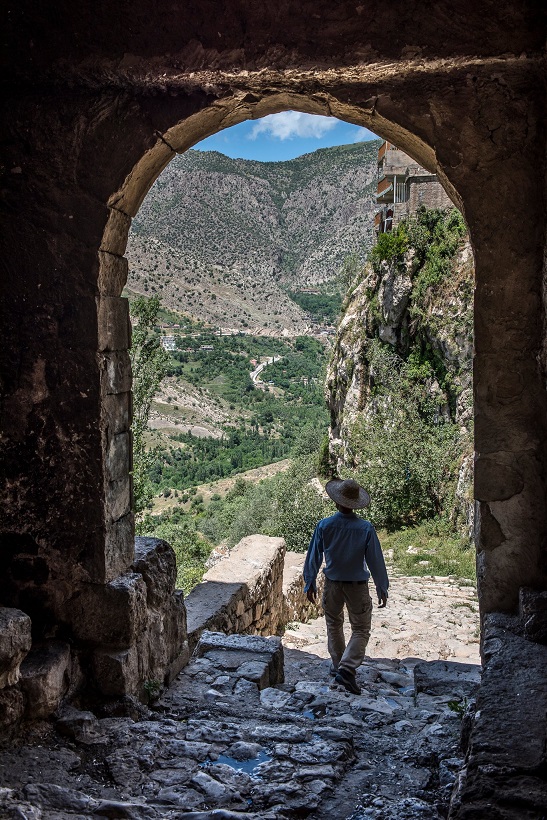
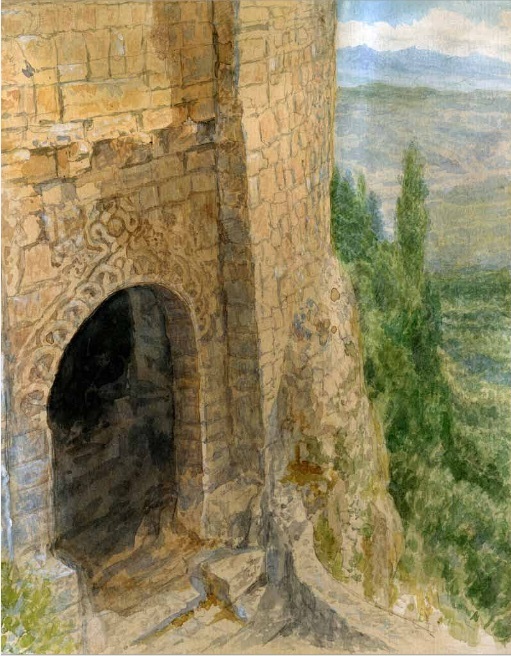
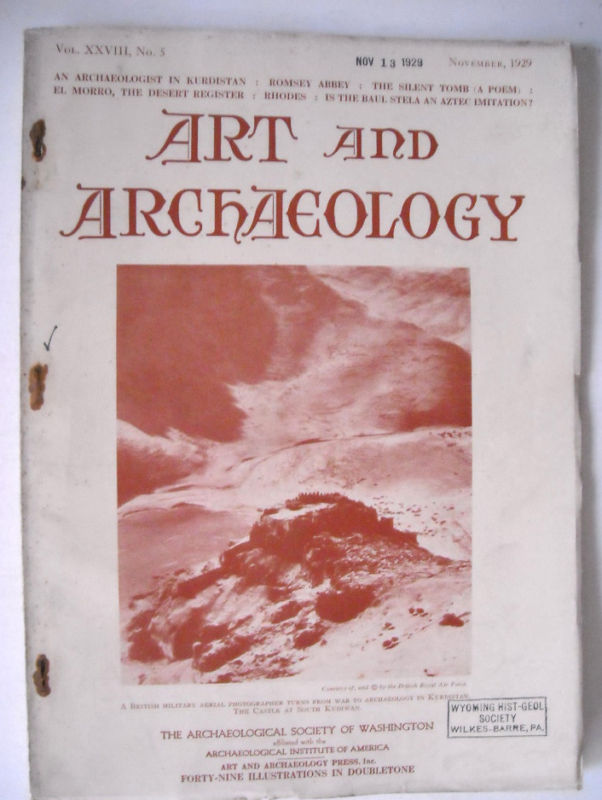
ART & ARCHAEOLOGY MAGAZINE, 11-1929.
Illustrated Magazine Published by The Archaeological Society of Washington, Affiliated With The Archaeological Institute of America, Art & Archaeology Press, Inc.
On the cover: Kurdish Antiuqe City Amedi
Includes: "Archaeologist in Kurdistan"
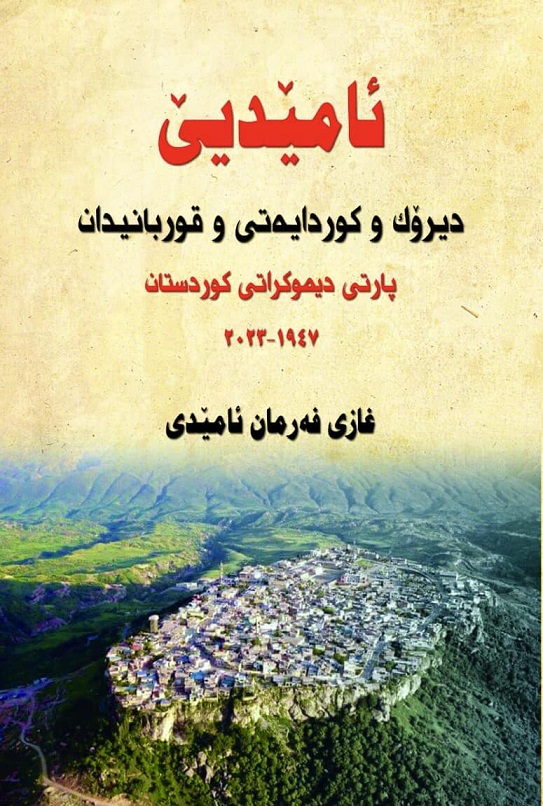
Ghazî Ferman/ Amêdî
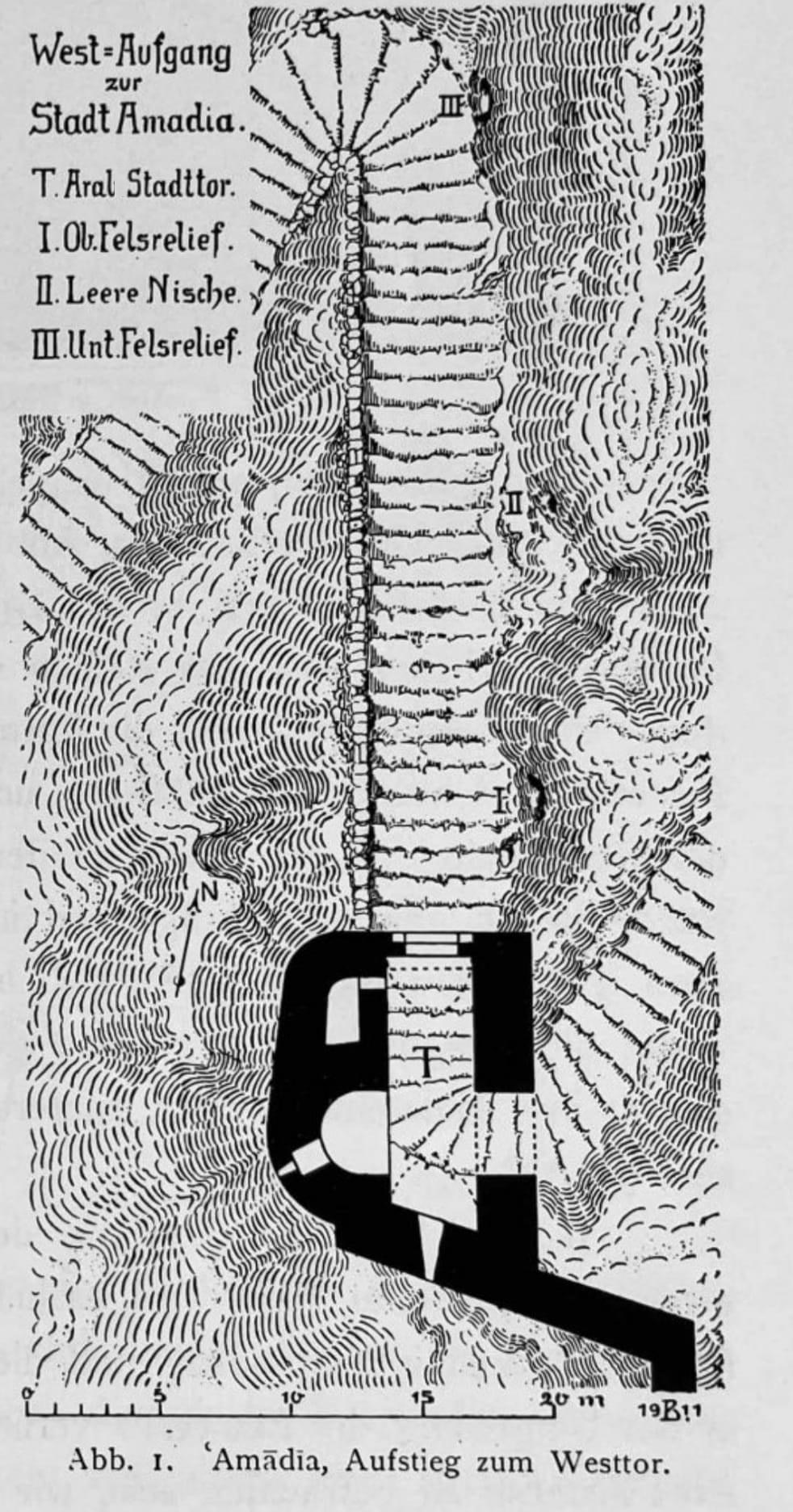
West Aufgang ..
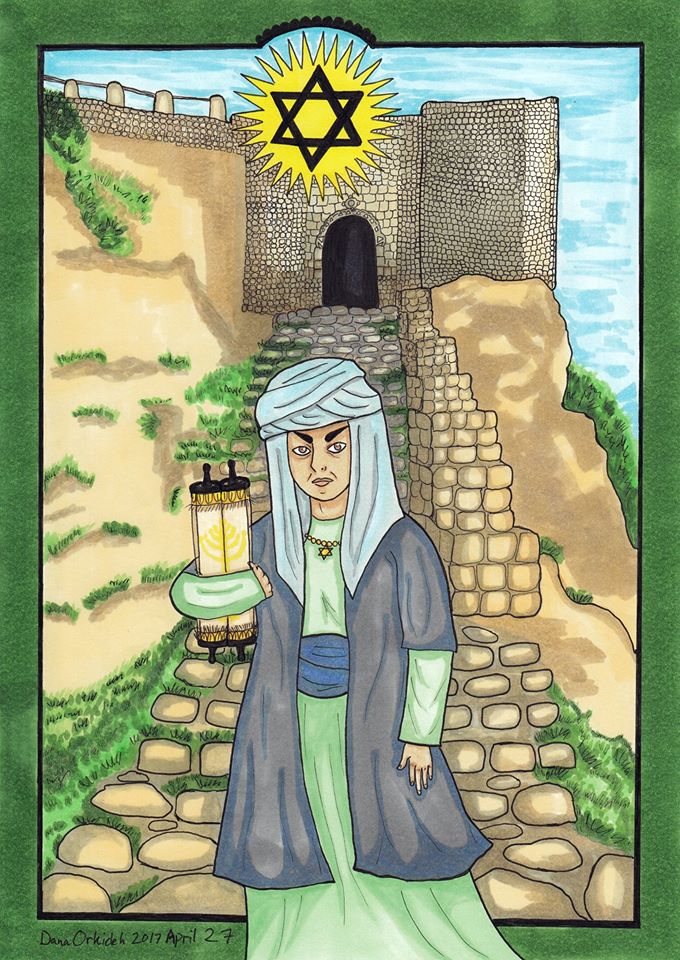
Asenath Barzani was the daughter of the eminent Rabbi Shmuel B Netanel Ha-Levi of Kurdistan (born 1560 death ca 1635/1670?) and she was a renowned Kurdish Jewish woman who lived in Mosul and died in Amadiya. Her writings demonstrate her mastery of Hebrew, Torah, Talmud, Midrash, and Kabbalah.
|
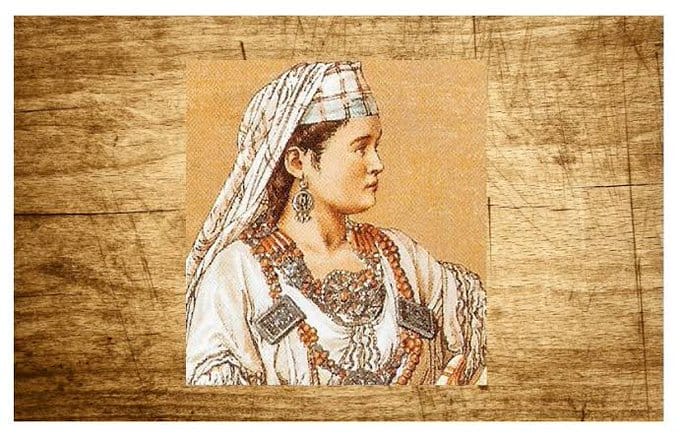
Kürd Asenath Barzani,
Tarihdeki ilk kadın Hahamdır. 1590-1670 yılları
arasında yaşayan Asenath Barzani, Tevrat, Telmud, Kabala ve Mişna hakkında derin bilgilere sahip bilge bir kadındı.
Yahudi Kürdler, Hezbani aşiretine bağlıydı.
(Adiabene Krallığı)
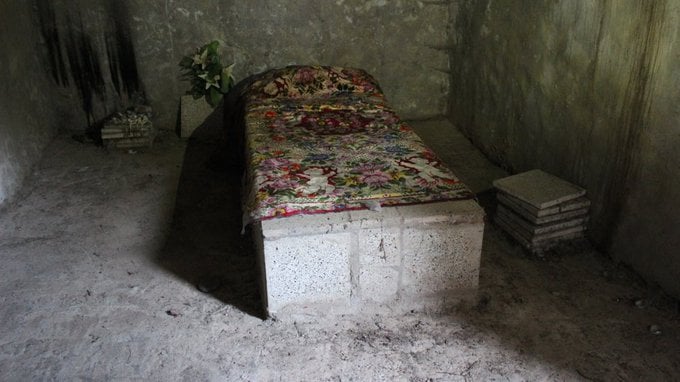
Gora Asenat Barzanî
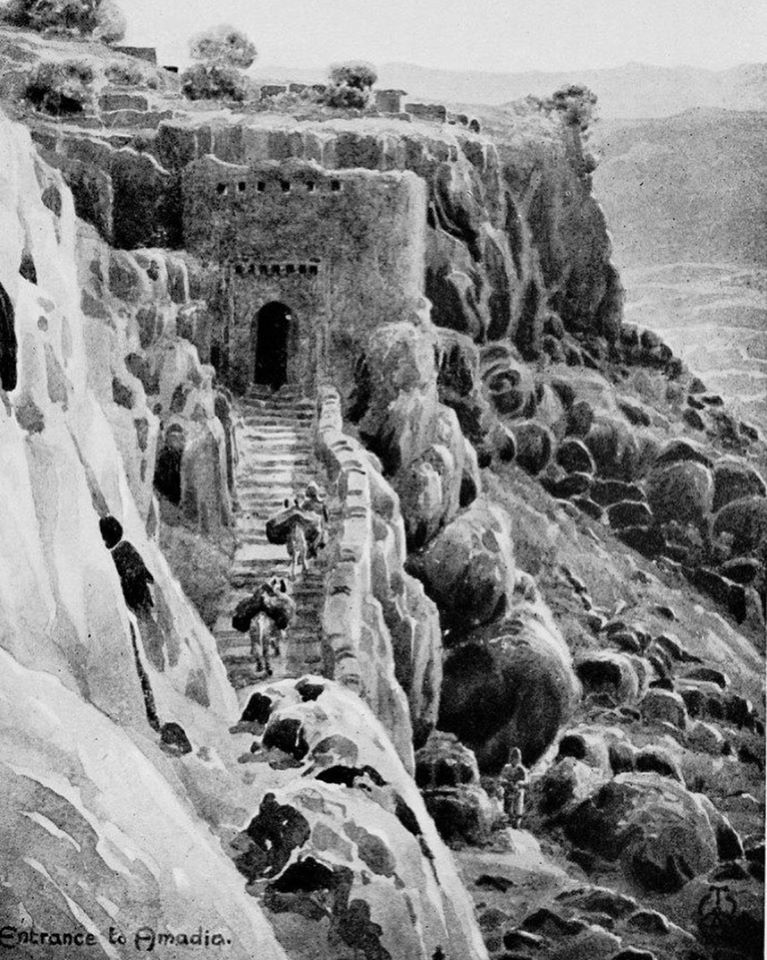
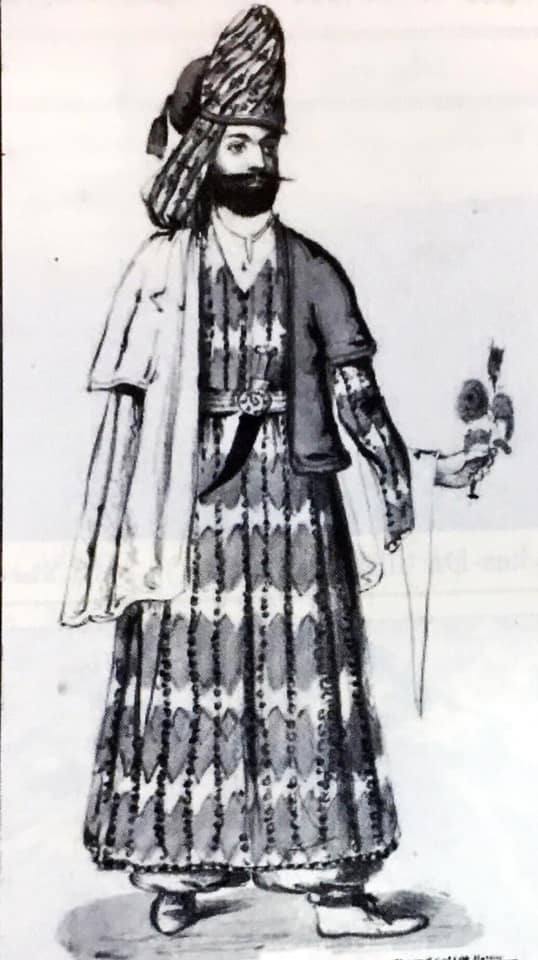
Selîmê Kurdî Mîrê Amediyê 1843
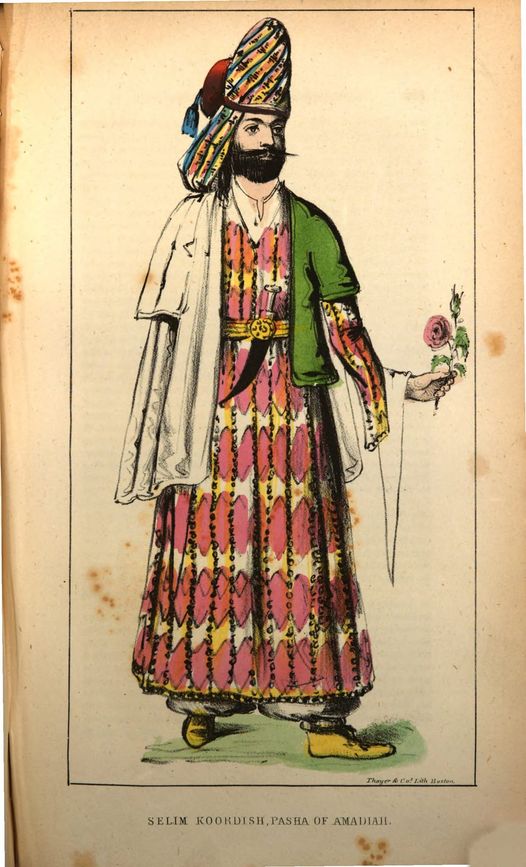
A romantic Kurdısh man from the antique era
Selîm Kurdish Pascha of Amedia
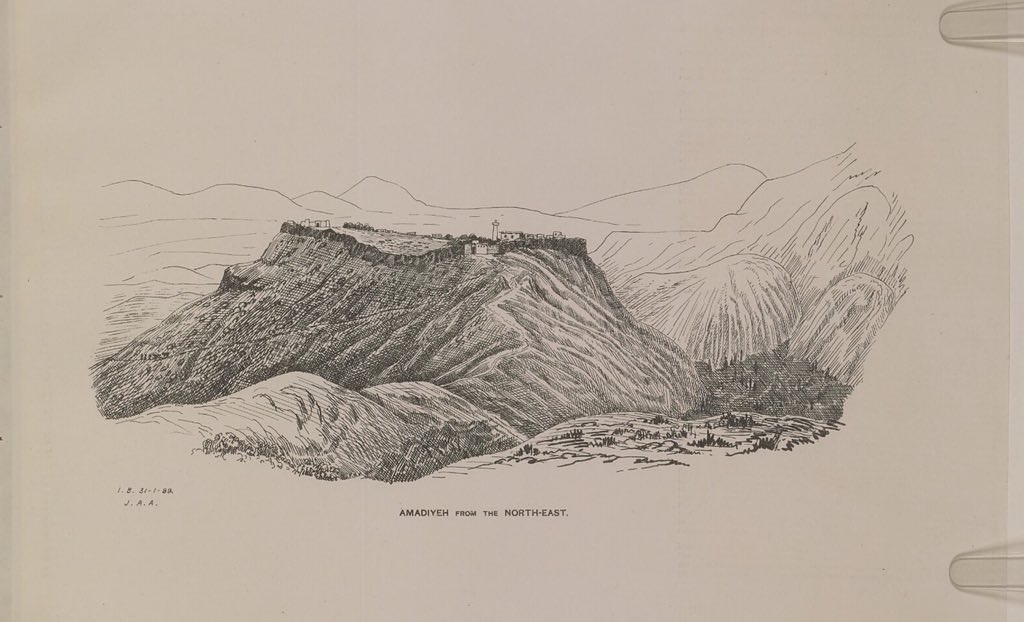
Musulun kuzey vilayetlerinde İmâdiye adıyla büyük, sağlam ve korunaklı bir kale vardır. İmâdeddin Zengi orayı tamir ettirdi.
Orası önce Kürdlerin kalesiydi. Zenginin ismine izafeten kale İmâdiye adını aldı.
Yakut el-Hamavî (1179-1229) Mûcemül-Büldan
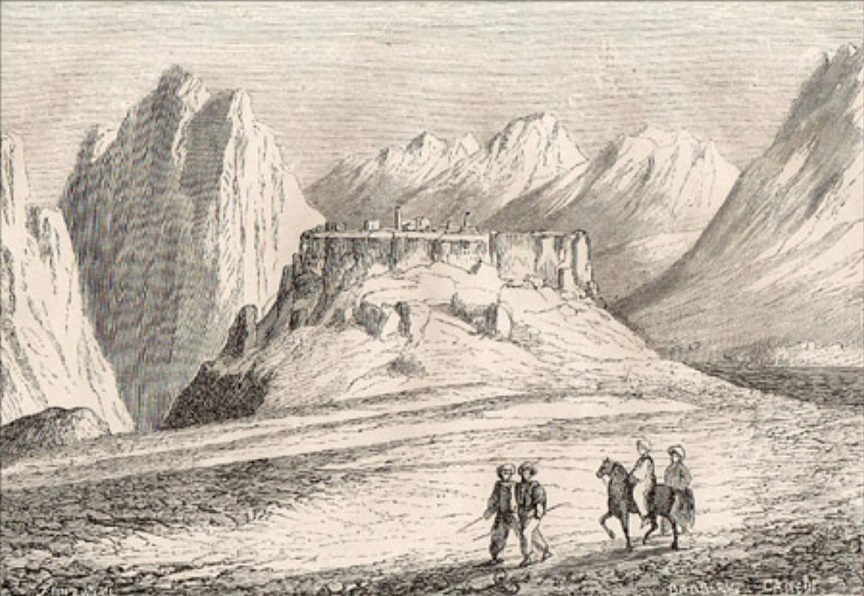
Amediye Gravürü 1896
Amediye bir dönem kürdlerin eğitim almak için gittikleri tarihi bir Kürd Şehirdir.
Seyyah ve tarihçiler Amediye için Sağlam bir Kürd Kalesi derler. Zengiler bir dönem burada egemen oldular. Kürd Eyyubiler bu egemenliğe son verdiler
Selçuklu Atabeyleri, I. İmadeddin Zengi komutasında Kürd topraklarını istila ettiler.
Bitlis, Akre, Aşut, Cezire kalelerini tahrip ettiler. I.İmadeddin Zengi kendi adını Amedi şehrine verdi.
Selçuklu Atabeyleri, Mısırlı Kürd Eyyubilere karşı savaşa girdi.
Bu savaş sonrası Kürd Hükümdarı Selahaddin Eyyubi'ye yenildiler.
Yenilgi sonrası Kurdistan'da güçleri azaldı ve dağıldılar.
Kürdler tekrar ülke topraklarına egemen oldular.
Kaynak: Şerefname